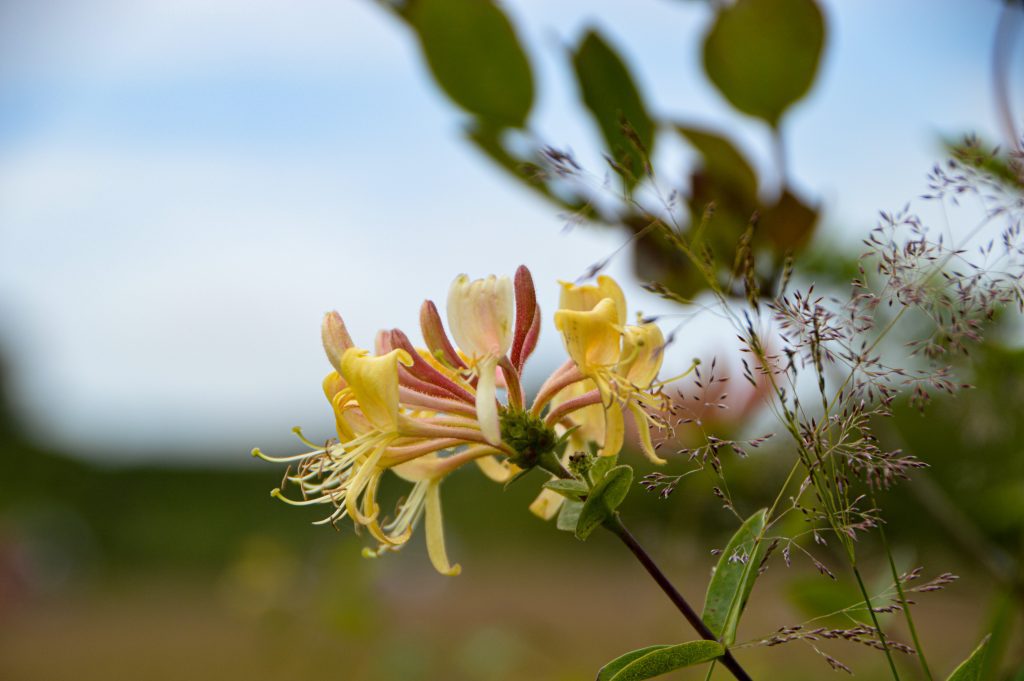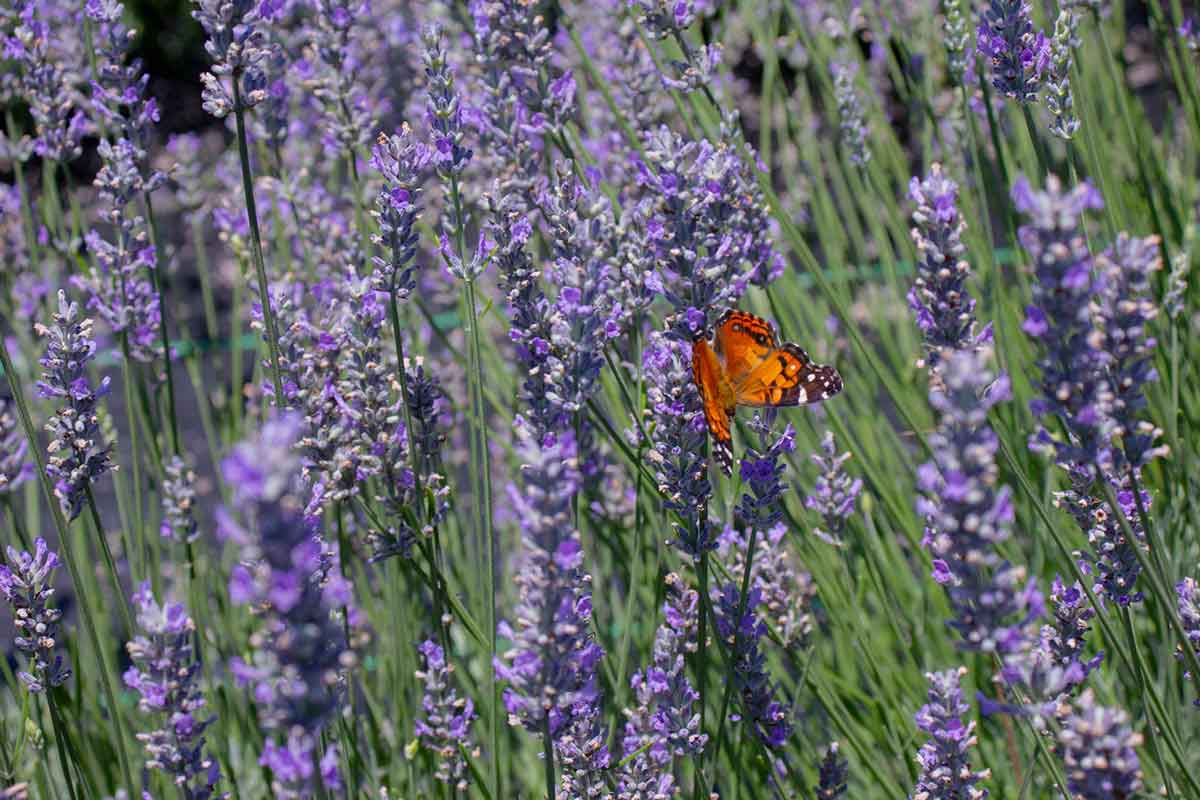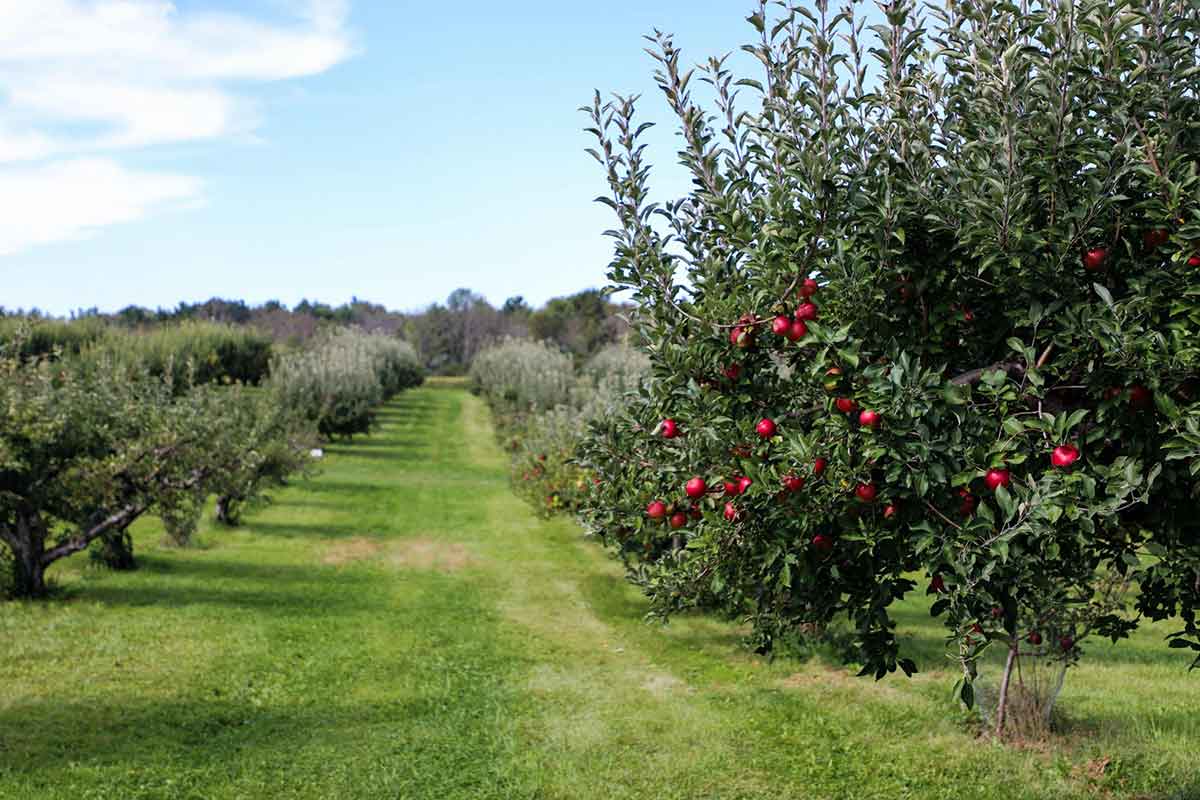Summer is here with what has traditionally been the sunniest month of the year. The grass is growing faster than ever, so you will need to be outdoors in the (hopefully) glorious weather a lot of the time. Just make sure you remember your sun screen! This is also a great month for those who love their salads, as there is plenty to be found wild at this time of year.

Plants
- Hedges: begin trimming hedges to maintain their shape, especially privet.
- Roses: for the best blooms, remove small side buds from the flower shoots. Take off suckers and control greenfly.
- Perennials: cut down early flowering perennials to 3 inches. For moisture- or shade-loving plants apply 1 inch of leaf mould mulch between plants.
- Vegetables: plant Brussels sprouts, winter cabbages, savoys, leeks, self-blanching celery, purple-sprouting broccoli and outdoor tomatoes. Sow spinach, beet and chicory, and in the north, swedes. Irrigate potatoes to encourage growth and ‘filling out’.
- Fruit: cover with netting to protect from birds. Start thinning apples, pears, gooseberries and plums. Peg down strawberry runners. Summer prune red currants and gooseberries.

Lawn/Groundcare
- Paddocks:
- Remove thatch from fields with a 3 Way Chain Harrow on its most aggressive setting- both the William Hackett Drag Harrow and Framed Harrow will work a treat.
- Cut the grass and any overgrown areas with high blades using a Winton or Fleming Topper Mower, or an FTS or Winton Flail Mower for mulched cuttings.
- Lawns:
- Rake vigorously.
- Mow at least once a week, raising blades in dry weather, a task for the Winton Finishing Mower.
- Aerate poorly drained lawns with a hollow tined fork.
- General: control weeds and continue spraying against pests and diseases. Stake herbaceous plants as required. Water plants when necessary.

Farm Animal Care
- Sheep: shearing will take up a lot of time. But also, routine drenching for worms and foot bathing to prevent discomfort and disease.
- Cows: spring calves have their horns removed.
- General: make hay and silage. The beginning of summer show season so the hard work from the rest of the year can be shown off.

Foraging
- Plants:
- Ash: the unripe seeds are edible after being boiled to extract their bitterness, and pickled with sugar and spices.
- Elder: the flowers can be used as a sweet flavouring in just about anything.
- Ground elder: the young leaves have a similar taste to parsley and can be used in much the same ways as spinach.
- Honeysuckle: the flowers are perfect to flavour tea, sorbet, cordial, or jams.
- Lime: the flowers can be eaten raw or dried and baked into cakes, or used in a calming bedtime tea.
- Pineapple weed: also known as wild chamomile, it makes a very similar tea to this namesake.
- Sea kale: popular in Victorian times, it can be cooked just like ordinary kale.








